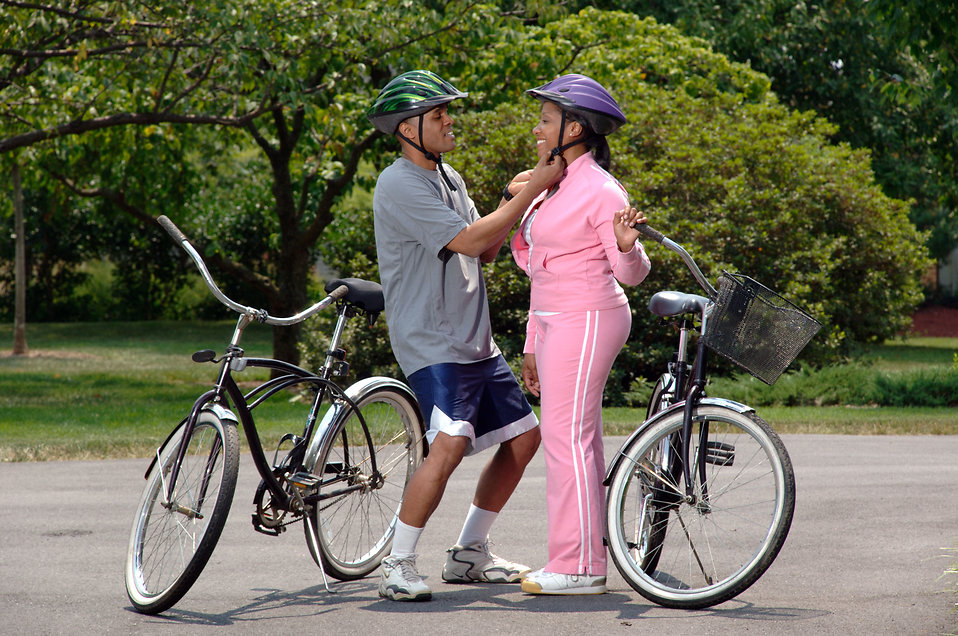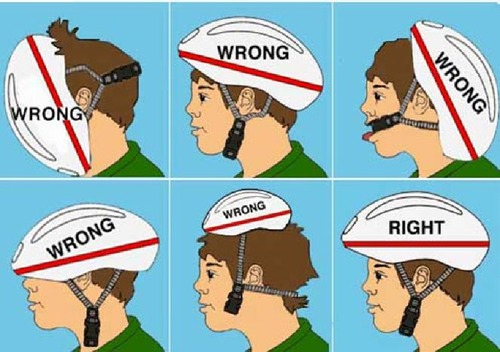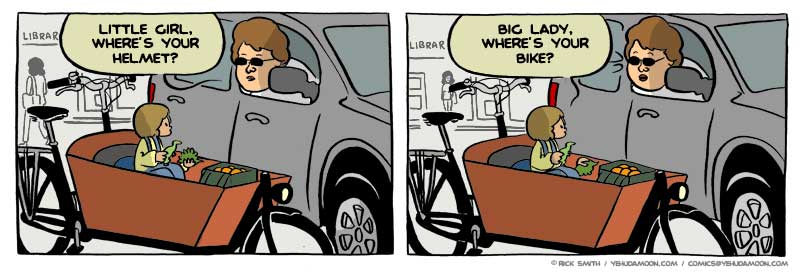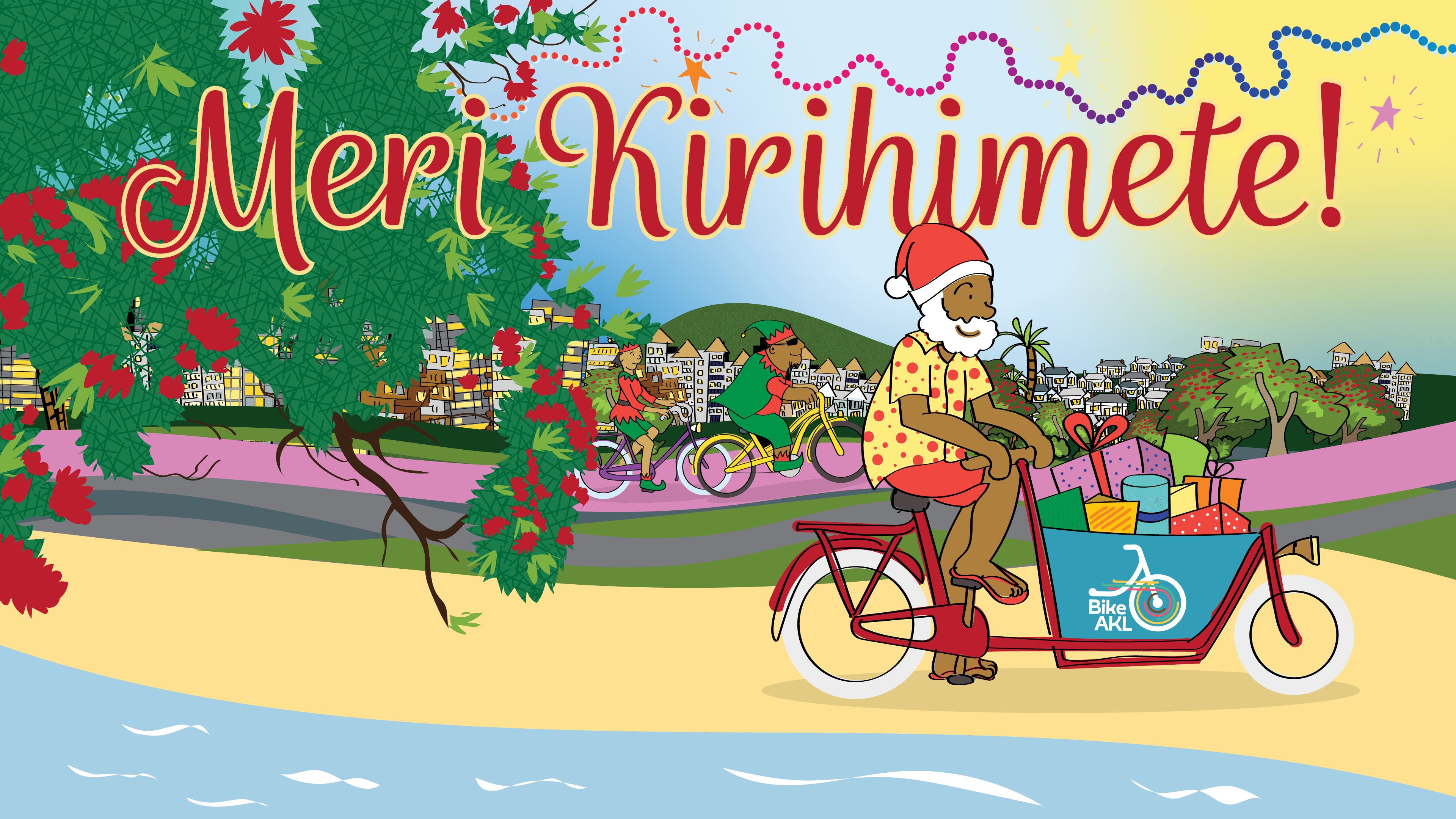Our two-wheeled lawyer Jonathan Wood is back, to consider legal answers to some highly tricky questions about the perennial subject of compulsory helmet wearing…
Q. I know it’s mandatory to wear a helmet – but is it mandatory to wear it on your head? Can I wear it on my elbow?
The NZ Government fact sheet for cycling (the dehydrated concentration of the NZ cycling road code) simply mentions that it is compulsory for you to wear a helmet and it should be securely fastened.
The road code is not law; it is an interpretation of the law that attempts to put things in plain language. The line between advice and law in the code is not clear, deliberately so. Think of the road code as your maiden aunt who keeps telling you of the time she went to K Rd in 1957 and was whistled at and that is why you can’t trust men. She may well be right, but her opinion is not an obligation.
The Code relates that the law says you – and any passenger – must wear a helmet. It then provides a surprisingly precise and prolix instruction on how to affix said helmet to one head (not one’s elbow).
I often think if you need this level of detail in order to put on what is for all intents and purposes a hat, you probably aren’t sufficiently capable of understanding those instructions in the first place. Still, once you have figured out which end of your helmet is the front, the assumption is that – so long as you are able to figure out which end of your head is the front – you should align the two.
To find the law, we must go to the Land Transport (Road User) Rule 2004, which at Rule 11.8(1) says:
A person must not ride, or be carried on, a bicycle on a road unless the person is wearing a safety helmet of an approved standard that is securely fastened.
Remember that a ‘road’ is basically anywhere where you ride your bike, so it includes the actual road, the footpath or even the escalators inside a public library (yes, a real case).
‘Bicycle’, however, is not defined – although ‘cycle’ is: it must consist of at least two wheels and be propelled by muscular power.
Good news unicyclists, no compulsory helmets for you!
But ‘wear’ is not further defined, and nor is it proscriptively set out how one may wear one’s helmet. If one were a strict literalist, then the rule would indeed be satisfied by attaching a helmet to one’s elbow. However, if I ever needed to be punished and was sentenced to spend my time prosecuting cycling offences, when facing this argument I would say that the rule was made for the purpose of promoting safety.
As I said before: the law is about how to wear a hat, it assumes those who read it will wear their hats on their heads, and in my view if you tried the elbow argument on in front of a Court, the court would read the law to be consistent with – to quote that great legal theorist Dennis Denuto – the ‘vibe’, not to mention the ‘law of bloody common sense’.
Indeed, the only High Court case that has ever considered the rule found that its purpose was to protect cyclists against the inherent risk of cycling by protecting one’s head.
By all means, be my guest and try your luck… bearing in mind that while the infringement fee for not wearing a helmet is $55, if you contest it and are convicted you could be fined up to $1,000.
So, elbows out, probably. But what about this ‘cycle’ thing?
There is also some heat around the edges of the law, with some people claiming recumbent bikes, tricycles or bikes of a certain (smaller) size are not required to wear helmets.
There is a specific exception in rule 11.8(7): if you have a religious belief, physical disability or other reasonable grounds not to wear a helmet, you may get a written exemption from the Land Transport Authority (they probably have a form). Short of that, there is no exemption for the type of bike, or size of bike.
The position of tricycles, however, is interesting. Rule 11.8 talks about ‘bicycles’, and in fact this is the only part of the rules that mentions bicycles – everywhere else the term ‘cycle’ is used. As any clever lawyer knows, the use of a particular word instead of another should mean that the distinction was deliberate and was meant to have a purpose.
Two wheels bad, three wheels good?
Maybe. But there are a couple of things that give me pause for thought. The heading of rule 11.8 is ‘safety helmets for cyclists’, and the use of ‘bicycles’ was a specific change in 2012, where it was substituted for the phrase ‘pedal cycle’. But, going back a little further, ‘pedal cycle’ was only added to the rules in 2004. When the original helmet law was added to the rules as an amendment in 1993, it used the term ‘bicycle’.
Again, if I was tasked with prosecuting cyclists, tri- and bi-, I would attempt to argue that the difference in words is simply due to its history as an amendment, and was not supposed to indicate a significant policy distinction.
It does not explain, however, why the change from ‘bicycle’ to ‘pedal cycle’ (which would include tricycles) was then changed back to ‘bicycle’. The explanatory note to the amendment rule said it was intended to update standards for bicycle helmets, and it does not seem to have been a deliberate change to restrict the rule’s scope. The history of the consultation seems to have been just to do this, and the amendment to 11.8(1) was an afterthought to make the rule internally consistent.
No case that I know has considered this, although the late, great Justice Chambers once expressed the view when he was a judge of the High Court that the use of ‘bicycle’ (under the old regulations) could indicate that cycles with three or more wheels are not intended to be covered by the rule.

My view is somewhat more cynical. I believe that when the regulation was introduced in 1993, it was inconsistent because it was an amendment, and no-one really took any notice of trying to make it consistent with the rest of the regulation. In 2004, when the new rule was introduced, it deliberately made clear that the rule applied to any cycle (except you lucky unicyclists). The amendment in 2012 was again the product of inadvertence, when trying to make an amendment regarding standards. My view is that, by accident, the rule has been narrowed, when that narrowing was never intended.
But it has nonetheless been narrowed and there are good grounds to say that tri-cyclists are free to choose to wear helmets.
PS You might well ask, as one clever chap did: what if you were to affix a small trailing wheel to your bicycle and claim that it was thus a tricycle and you were exempt from the helmet law? Here’s what I would do if I were the judge.
1. Acknowledge that there appears to be some question over the enforceability of the helmet law against a tricycle rider.
2. Make a finding of fact that a bicycle with a jockey wheel attached is not a tricycle and impose the fine.
— Jonathan Wood







